- Write by:
-
Wednesday, April 13, 2022 - 13:09:50
-
800 Visit
-
Print
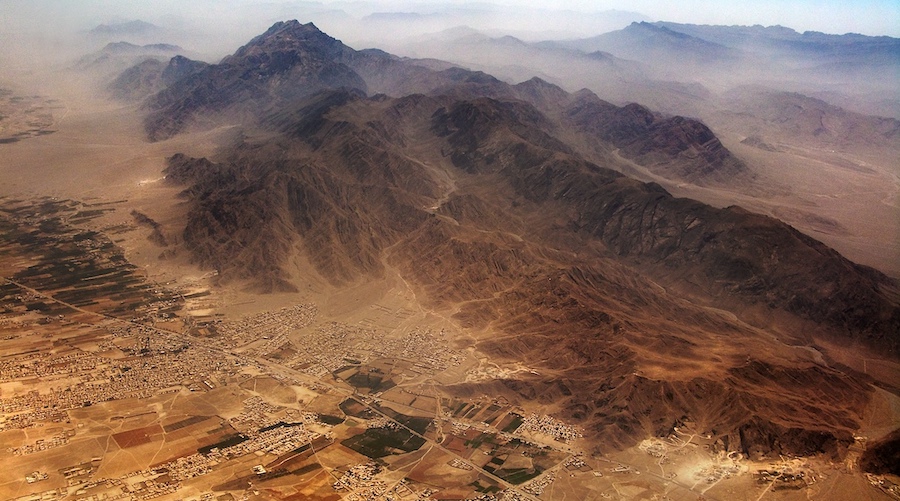
Mining News Pro - Barrick Gold Corp.’s first crack at building a copper mine in Pakistan was thwarted when the government denied it permits. A decade later, the company is making another — much bolder — attempt.
The Toronto-based miner laid out revised plans Tuesday for developing the giant Reko Diq copper-gold deposit in a desert region close to the borders of Iran and Afghanistan. Barrick shares rose 0.7% to C$32.33 at 2:05 p.m. in Toronto.
The conceptual design calls for the $7 billion project to be built in two phases, with each able to process about 40 million metric tons of ore a year and production starting as soon as 2027, Barrick said in a presentation on its website. The latest plan is double the annual throughput capacity and more than twice the investment estimated in a 2010 feasibility study.
Barrick is increasing bets on Pakistan while its Chilean partner, Antofagasta Plc, exists the project in preference for safer and closer jurisdictions in the Americas.
Among Barrick’s reasons are juicy returns: annual production of about 200,000 tons of copper would start just as the world faces a shortfall of a commodity that’s key to the the clean-energy transition, given how much is used in electric vehicles and renewable energy.
In addition, mines are getting trickier and pricer to build throughout the world with political risk on the rise, even in traditionally safer nations like Chile and Peru. As a result, Pakistan looks relatively less risky, just as a new centrist prime minister takes office.
Pakistan is now a 50% partner in Reko Diq, a type of arrangement that Barrick also had to adopt in Papua New Guinea, and one that gives host nations a more direct interest in seeing projects succeed. Barrick plans a full update of the Reko Diq feasibility study following last month’s agreement with Pakistan.
Barrick’s two-phase approach in the conceptual design gives the company a way to speed up first production while minimizing risk. A $4 billion first phase would cover initial crush, milling and flotation circuit, with output set to start in 2027-2028. A $3 billion second phase would encompass a parallel circuit that would fire up in five-plus years after phase one starts.
The latest design shows a mine life of 40-plus years, compared to the 56 years identified in the 2010 study that pegged initial costs at $3.3 billion.
Barrick also sees the project in southwestern Balochistan as “a springboard for further exploration and other mineral discoveries along the highly prospective Tethyan Metallogenic Belt.”
The company expects to close a definitive agreement with Pakistan in the second half and complete the feasibility update in 2023-2024. In the meantime, Barrick and its partners are seeking to raise “limited” recourse financing for the first phase.
Short Link:
https://www.miningnews.ir/En/News/621049
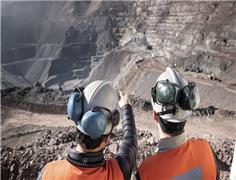
Anglo American Plc said it is has received an unsolicited non-binding combination proposal from BHP Group.
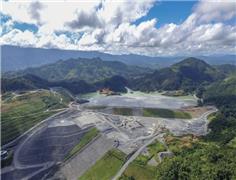
Toronto-listed miner OceanaGold Corp said on Wednesday it will raise 6.08 billion pesos ($106 million) through an ...

A key measure of Chinese copper demand just sank to zero, another indication that global prices are not balanced with ...
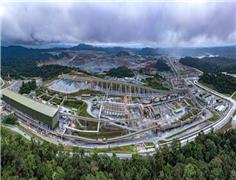
Canadian miner First Quantum Minerals (TSX: FM) believes it will be able to take the already mined 121,000 tonnes of ...
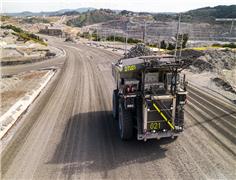
Canadian miner First Quantum Minerals said on Tuesday that it has cut its debt by $1.14 billion in the first quarter.
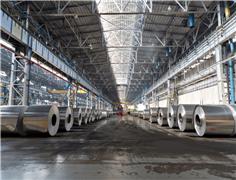
The London Metal Exchange is imposing new rules surrounding the movement of metal in its warehousing network, taking aim ...
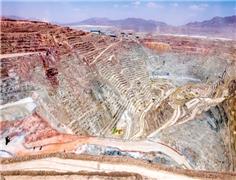
Chile is expected to produce a record 5.8 million metric tons of copper in 2025, the state-run Chilean Copper Commission ...
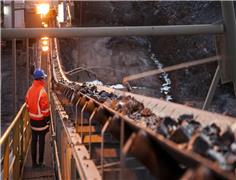
Copper traded near $10,000 a ton, hitting a new two-year high on its way, as investors continue to pile in on a bet that ...
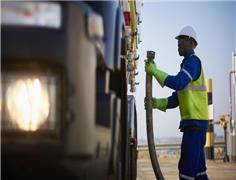
A Russian arbitration court ruled on Monday that four units of Swiss commodities trader Glencore will pay more than 11.4 ...
No comments have been posted yet ...